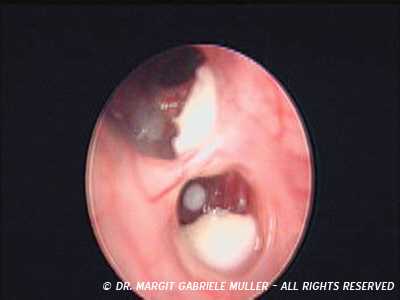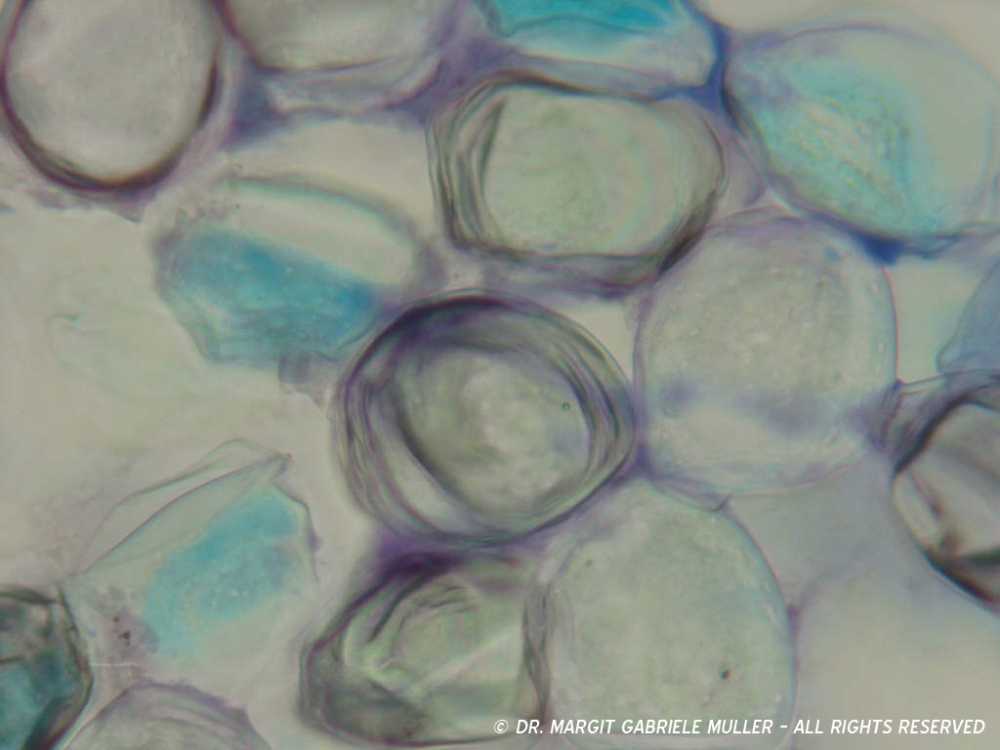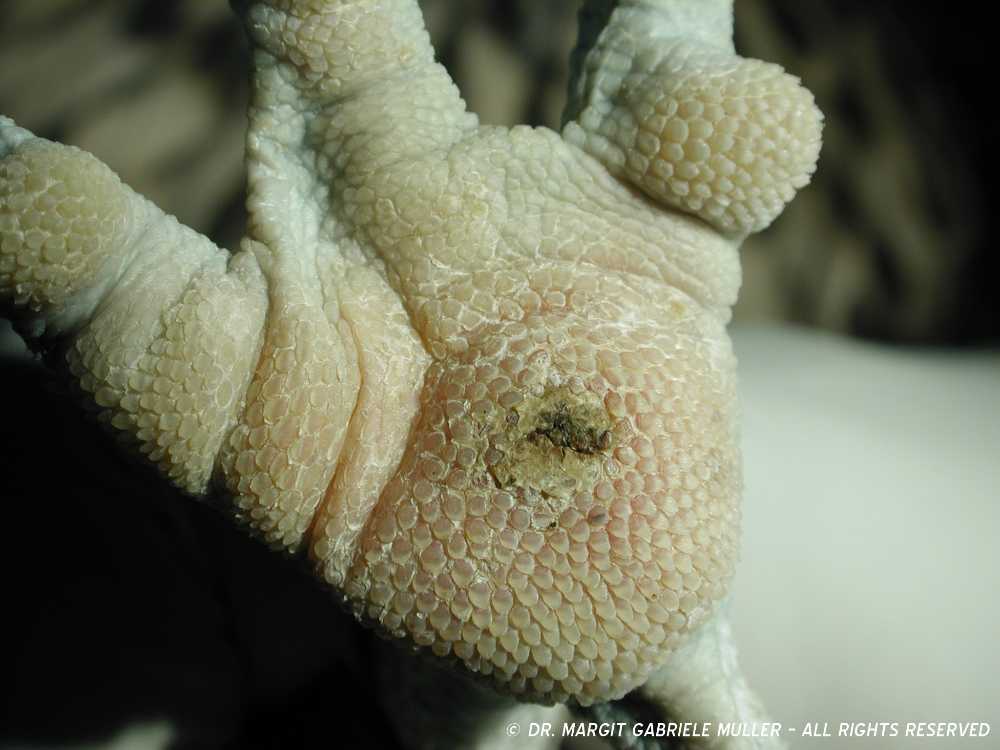Avoid Aspergillosis

Asperillosis can be diagnosed at a Falcon Hospital by a safe internal examination using an endoscope.
This common disease of falcons often causes death in captivity. Symptoms are heavy breathing, not flying well, frequent vomiting, loss of appetite, falling weight, and green faeces. Aspergillosis occurs when falcons inhale fungus spores which can be found in the air and in the soil. The fungus spores then reach the airsacs and cause an infection. Aspergillosis can be cured if detected early, but curing is not easy. Therefore it is wise to get a new falcon checked for aspergillosis. If you suspect your trained falcon is suffering from aspergillosis, immediately visit your vet.
Falcons are at risk of Aspergillosis at any time of year when sick, weak, or under stress. Stress can be caused by being kept in dark, humid or hot rooms with dust due to insufficient air ventilation, or by increased training without enough food, or by long travelling hours and distance, especially with changes in climate.
To prevent Aspergillosis, keep your falcon in a clean place without stress; feed a balanced diet of bones, feathers and fur; never keep healthy falcons and sick falcons in the same room.
Check for Serratospiculum

A veterinary expert can also detect lungworm eggs in an airsac sample obtained by endoscopy.
One of the major diseases in falcons in the Middle East is the invasion of lungworms, the so-called Serratospiculum, into the airsacs. These worms are common in subtropical and tropical regions and wild Sakers have often caught them in the wild in their countries of origin. The worms come from beetles which falcons may eat on the ground or ingest from prey that have eaten them. The worm larvae move from the stomach to the airsacs and can grow into spaghetti-like adult worms of up to 20 cm.
With few worms there may be no obvious symptoms, but large amounts can cause breathing problems, vomiting, poor flying performance and dangerous infection of the airsacs. These worms are not easy to detect, as there may be no eggs in the faeces. The best method to detect worms is an endoscopy examination, which is a routine and safe procedure for checking health inside a falcon. If worms are present, they can be removed at the same time. Tablets must be used with care, as a dead worm can cause infection if not removed by endoscopy.
Beat Bumblefoot

Bumblefoot needs to be noticed by the falconer and treated before it gets any worse than on this falcon foot.
Bumblefoot is an inflammation of the foot sole with swelling, abscess formation and pressure sores. Severe cases can cause irreparable damage to skin, muscles, tendons and bones of the falcon’s feet. The pain can cause falcons to lift legs from discomfort, to limp when walking and even to lie down. They may be unable to grasp prey. An affected area may be hot, swollen and reddened, sometimes with small dots, big scabs or even open sores in the sole of the foot, which is lifted up especially when touched.
Many things contribute to bumblefoot, including lack of exercise, unsuitable perches and poor diet. Bacteria then infect self-inflicted injuries and pressure sores. To prevent permanent harm, it is important to take your falcon to a clinic for treatment as soon as you see any sign of bumblefoot.
_635597719712960643.jpg)
A perch with a soft top like this should avoid Bumblefoot.
However, the best approach is prevention, so do:
• Check the falcon’s feet on a daily basis by lifting the middle toe, massage the feet with a suitable cream and get overgrown talons trimmed by your veterinarian;
• Feed a well-balanced diet of whole food animals (rodents, small birds) with feathers and bones;
• Ensure sufficient exercise during the hunting season, and provide free flight in aviaries during molting without tethering to a perch, and providing free choice of several perch types including uneven hard surfaces and Astroturf.